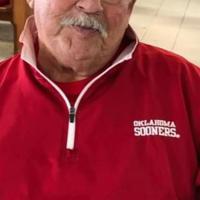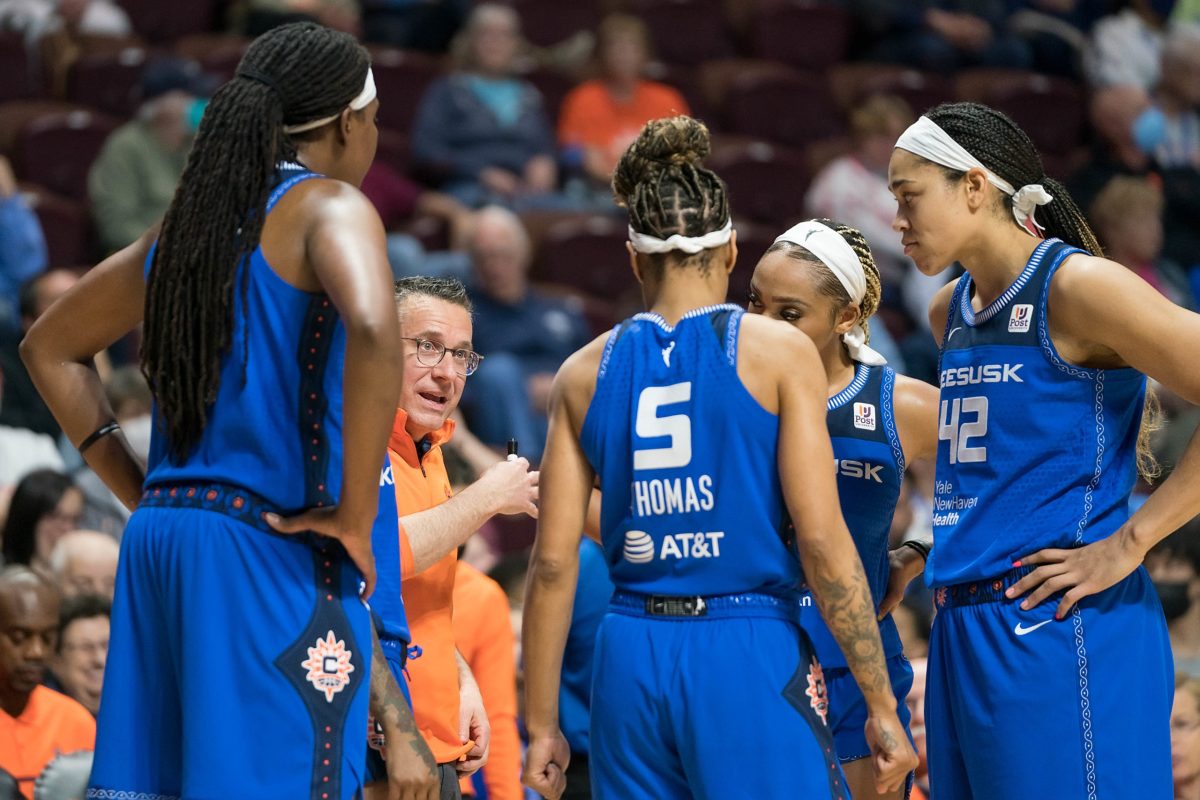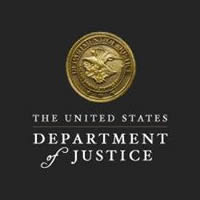Norwich — From now on, the phrase “getting exercise in Mohegan Park” can mean more than going for a walk, a bike ride or a summertime swim.
Norwich resident Stephen Tillman, a frequent walker in Mohegan Park Center, was surprised last Wednesday to find some shiny recent changes to his normal route. He went home to tell his wife, Celeste, and bring her down to see the seven new outdoor exercise stations in the park center, stretching from the beach parking lot to the arbor walkway.
“He came home and said, ‘I gotta show you something,’” Celeste Tillman said. “I thought he was going to show me some new ducks.”
They both tried a few machines, like ones they use at Planet Fitness and at the Rose City Senior Center. Both gave their approval.
For years, city Public Works Department Civil Engineer Jean-Paul Laguerre has wanted to bring to Norwich the type of adult outdoor exercise equipment he had seen at Washington Park in Groton. His plan was always thwarted by budget constraints.
The American Rescue Plan changed that. The city allocated $50,000 of its $14 million ARP grant to install seven weather-proof exercise stations along the walking path that leads from the beach parking lot to the park center. The department has spent $43,159 and may have enough money for one more station.
“I’ve always wanted to put one in Norwich,” Laguerre said, “and the plan is to keep going with it. With some money left over, I want to put in a kettle bell station. That’s very popular these days, with different weights. They’re not movable, so people couldn’t steal them.”
So far, Norwich has an ab toner, leg press, rower and a bench press, all with adjustable tension resistance, a sit-up bench, a two-person pull-up and dip station,…

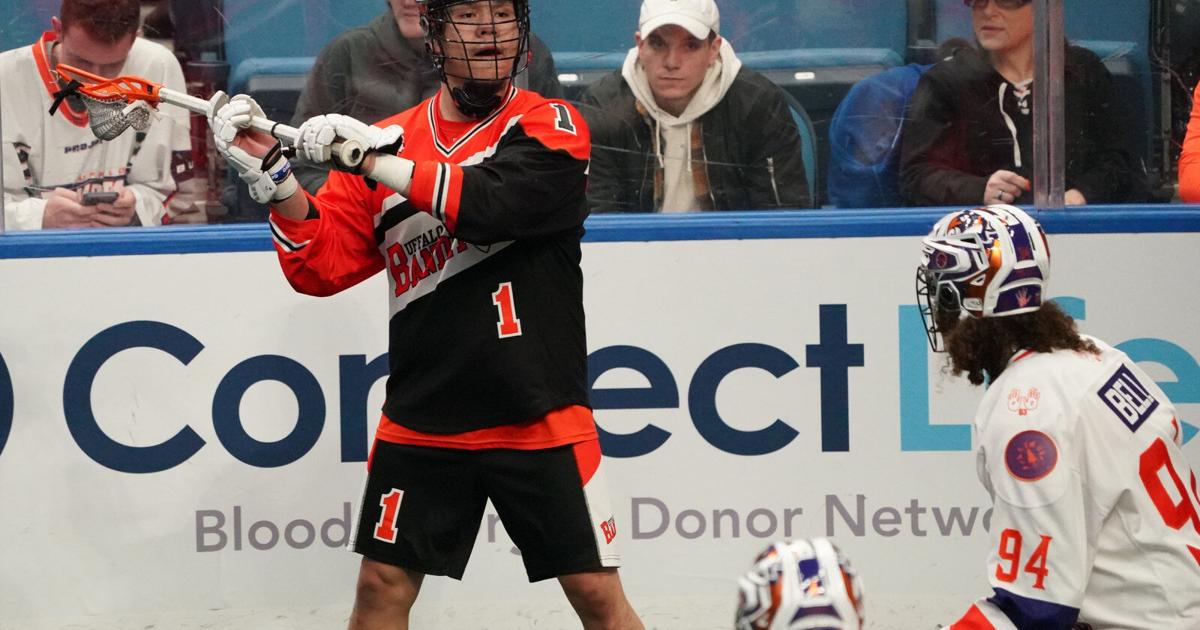
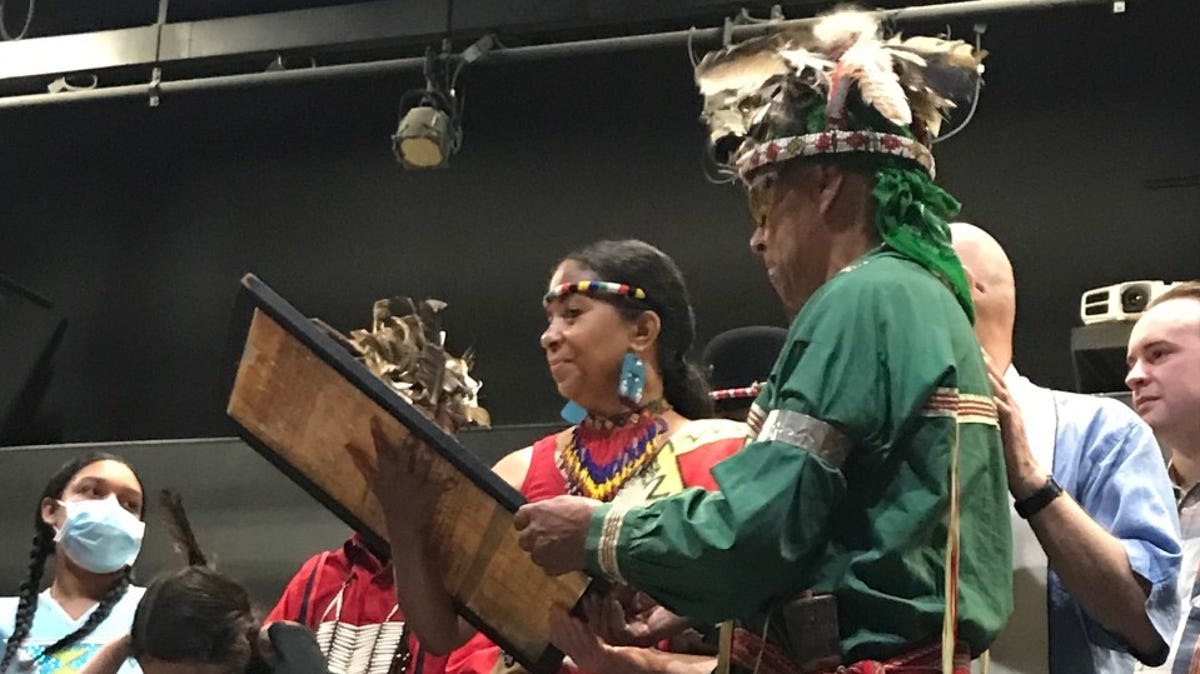

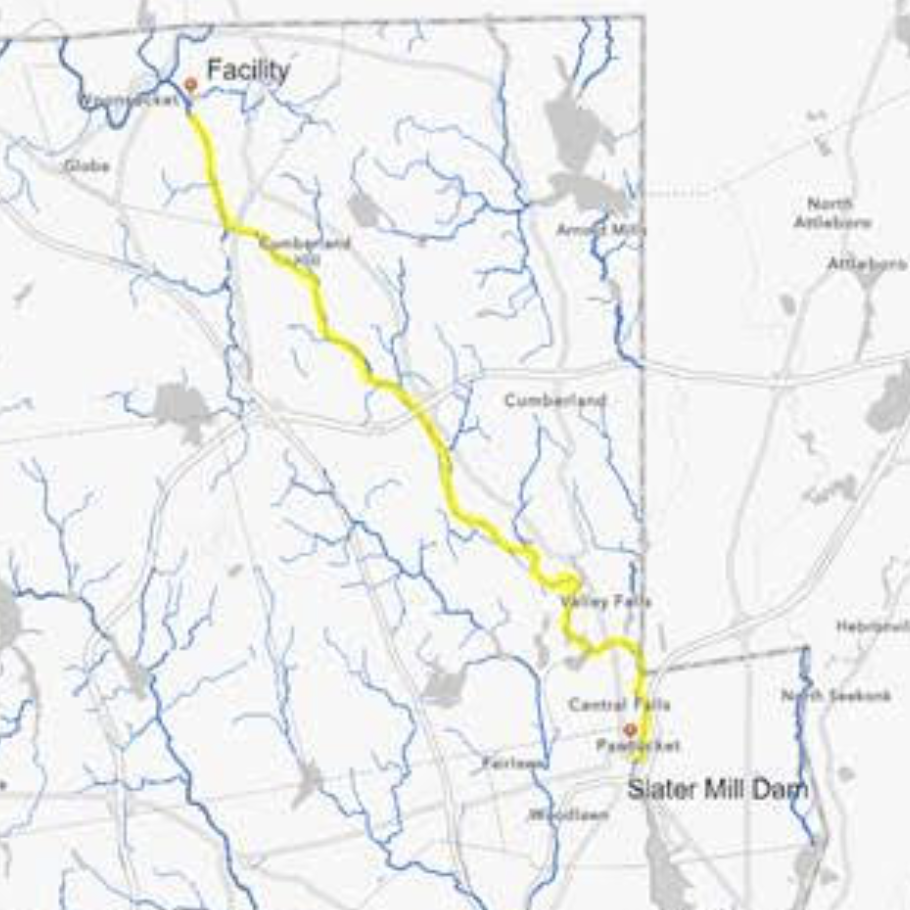
 View Larger +
View Larger +